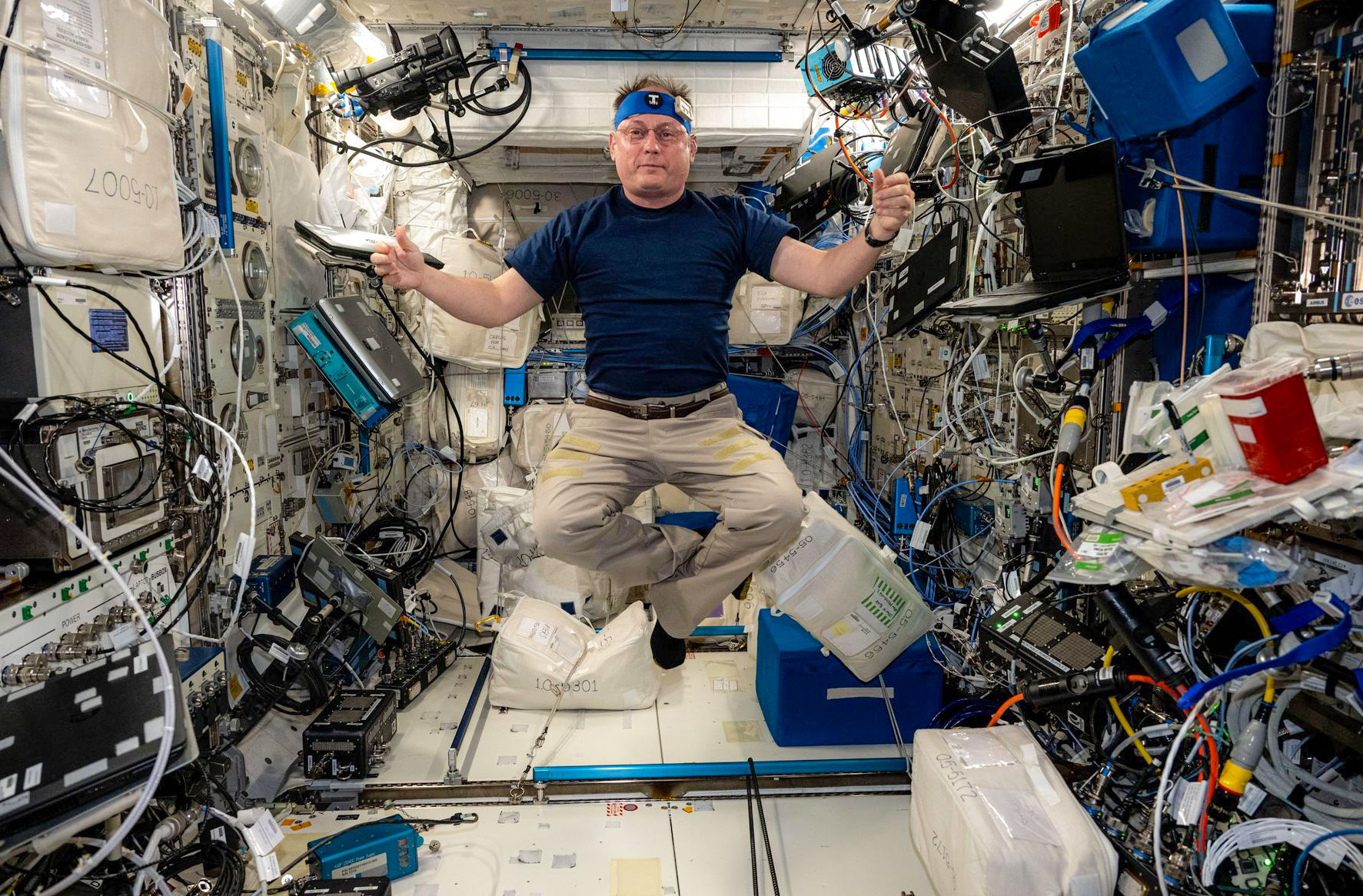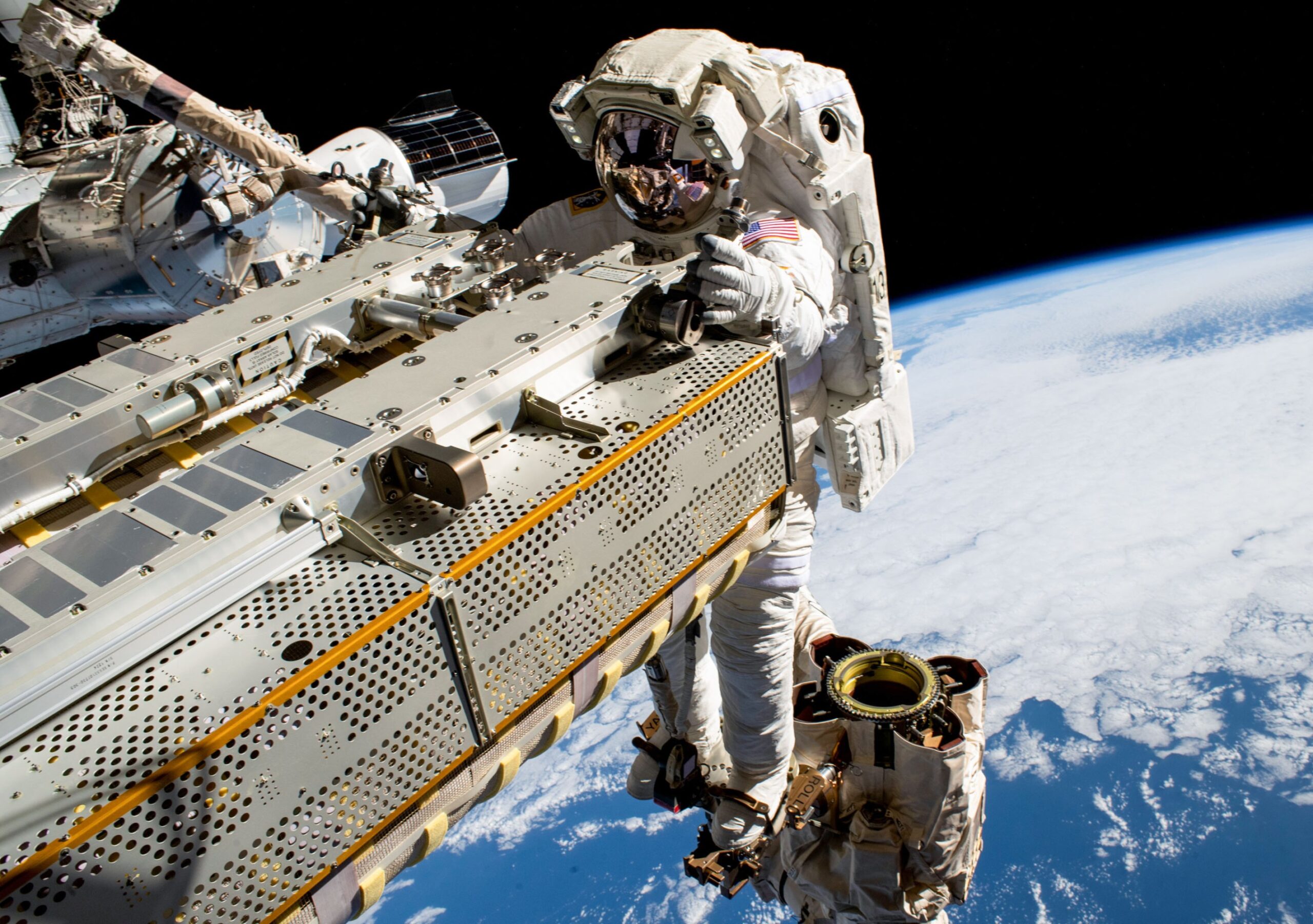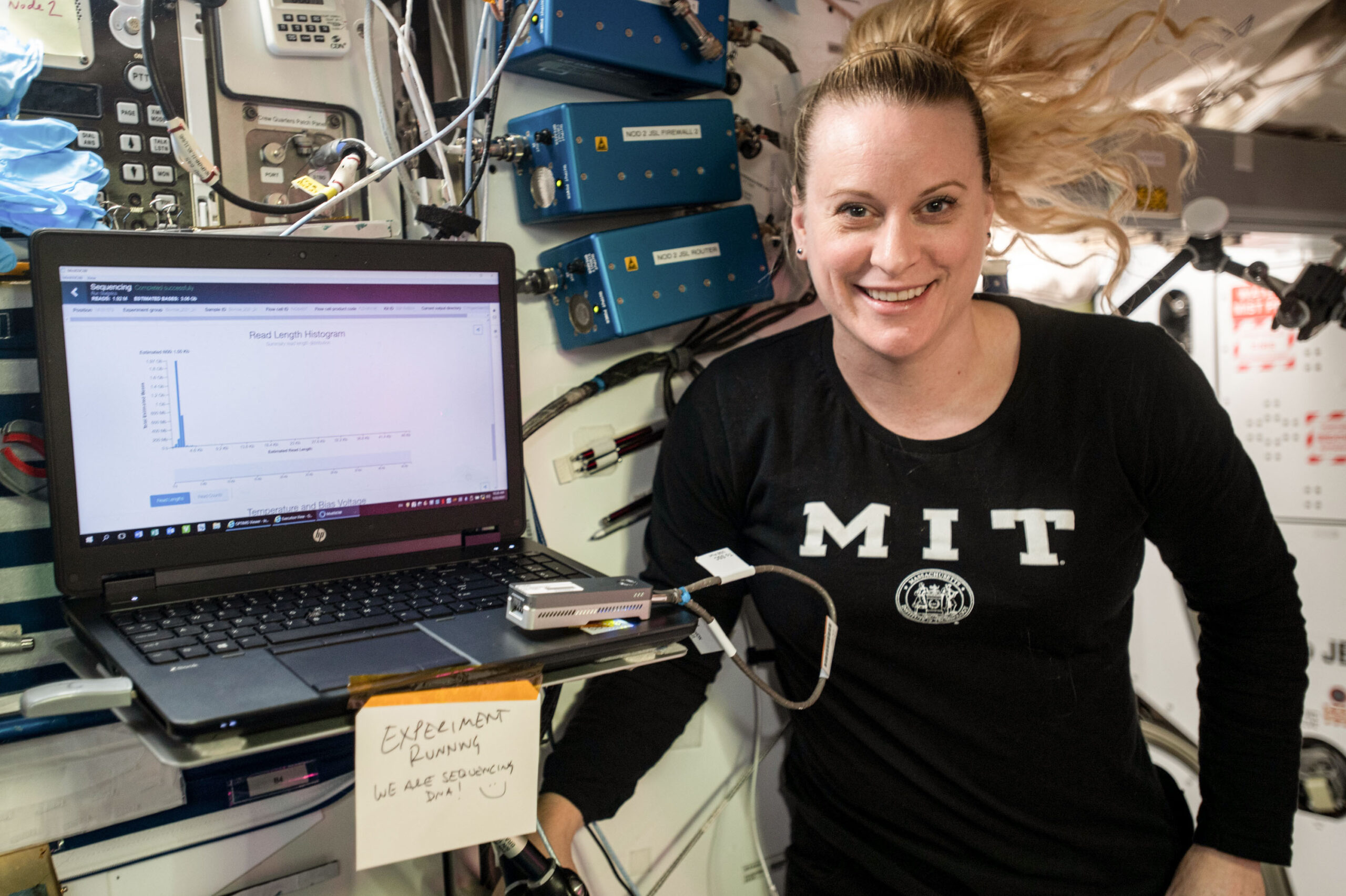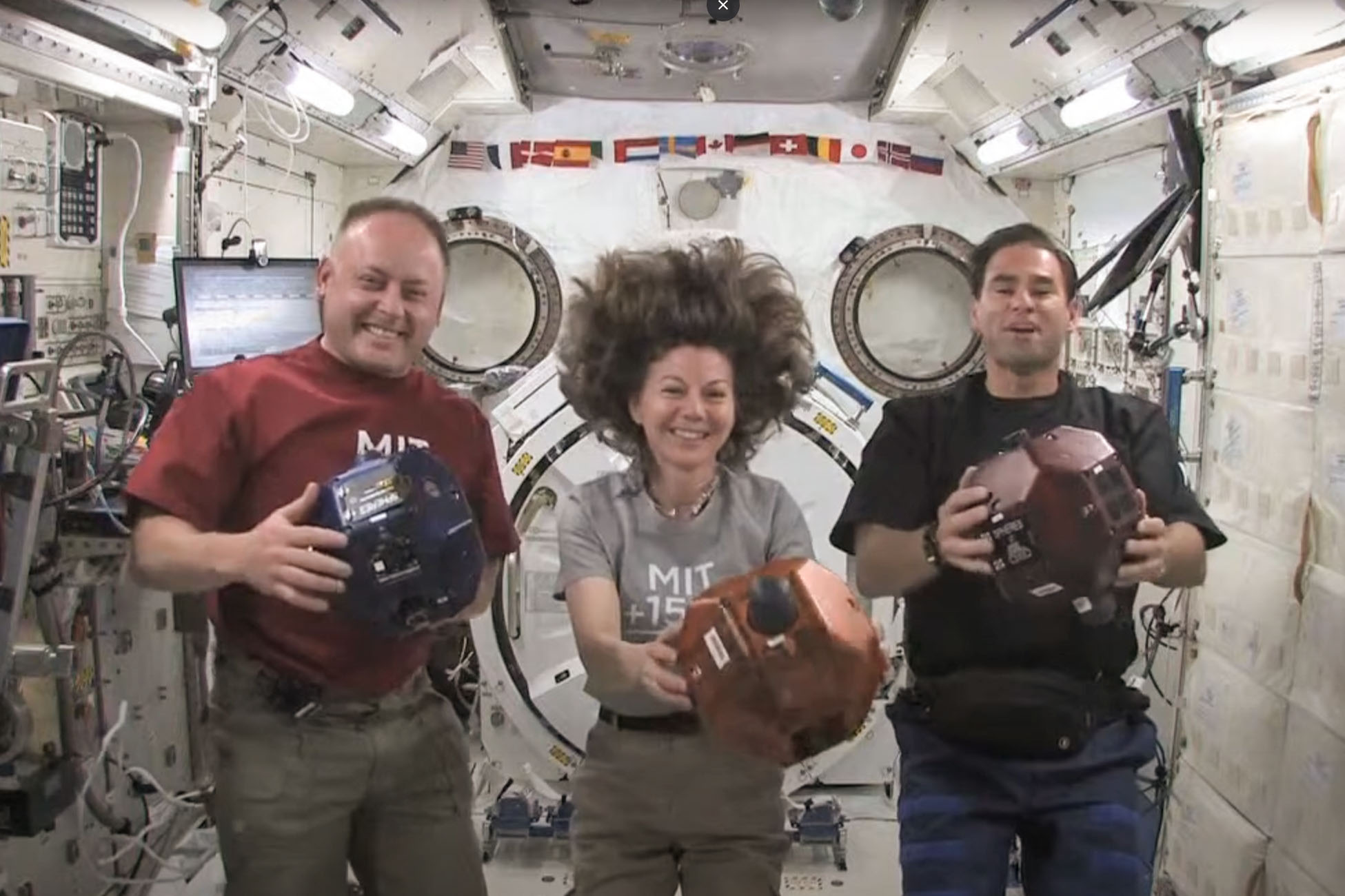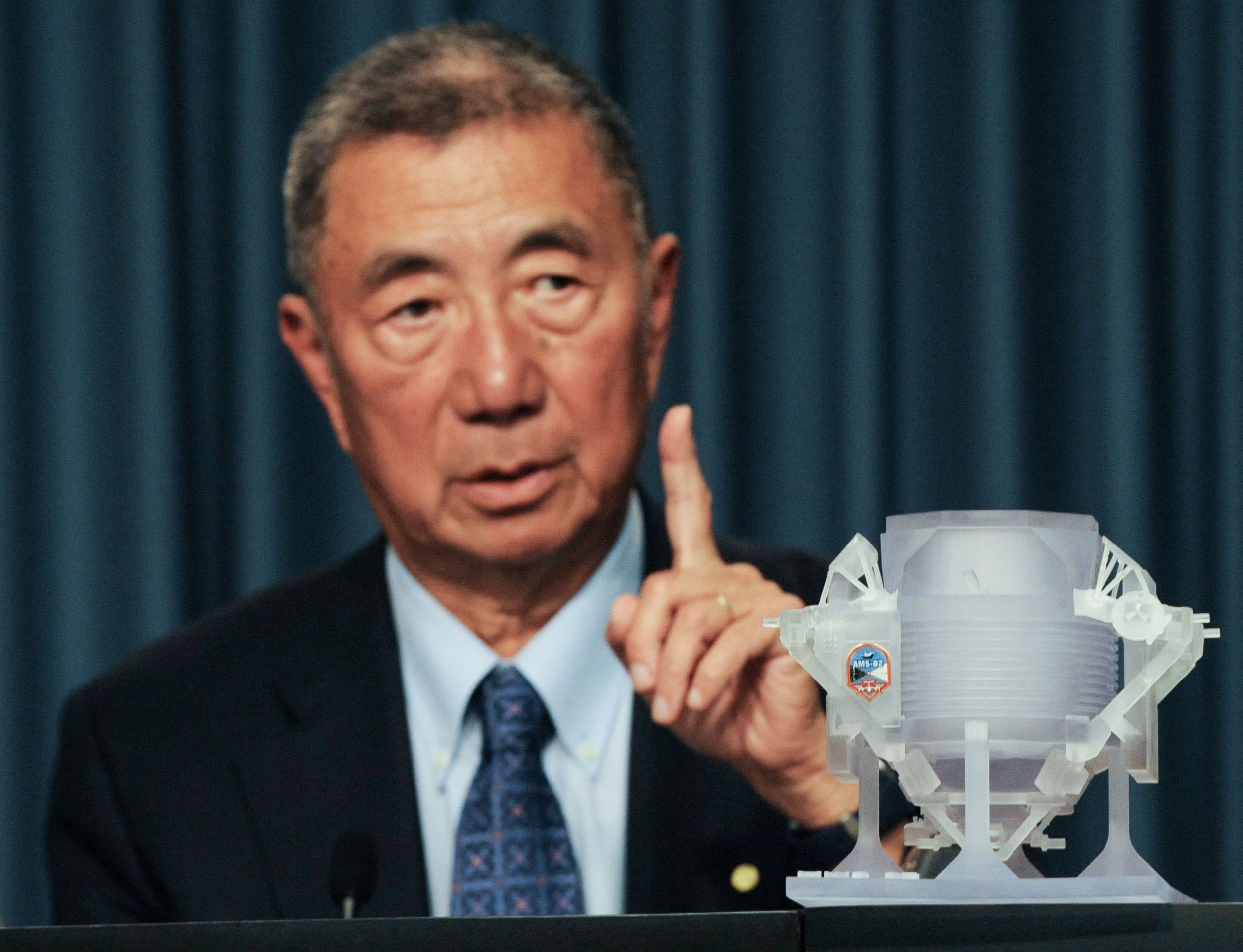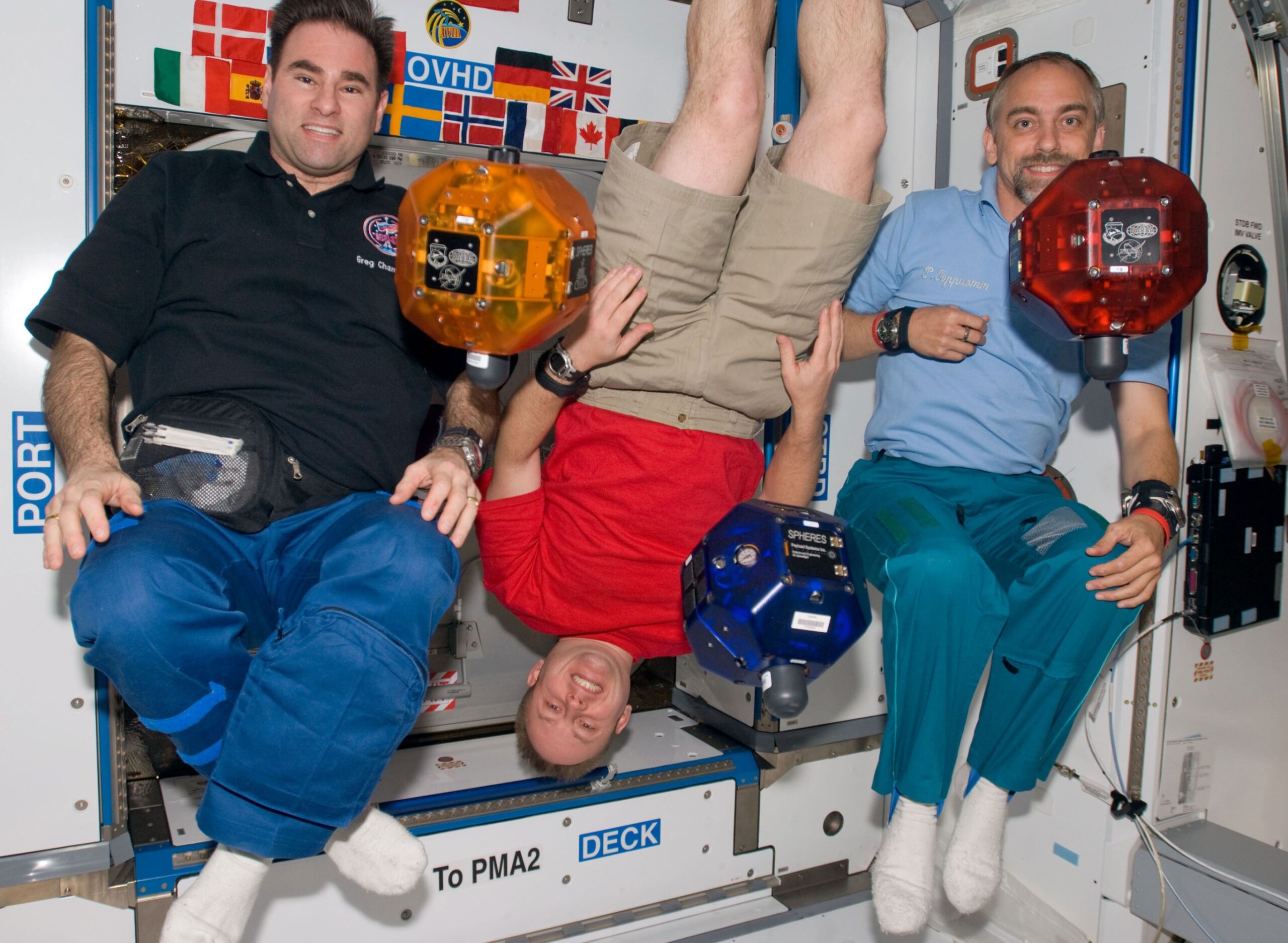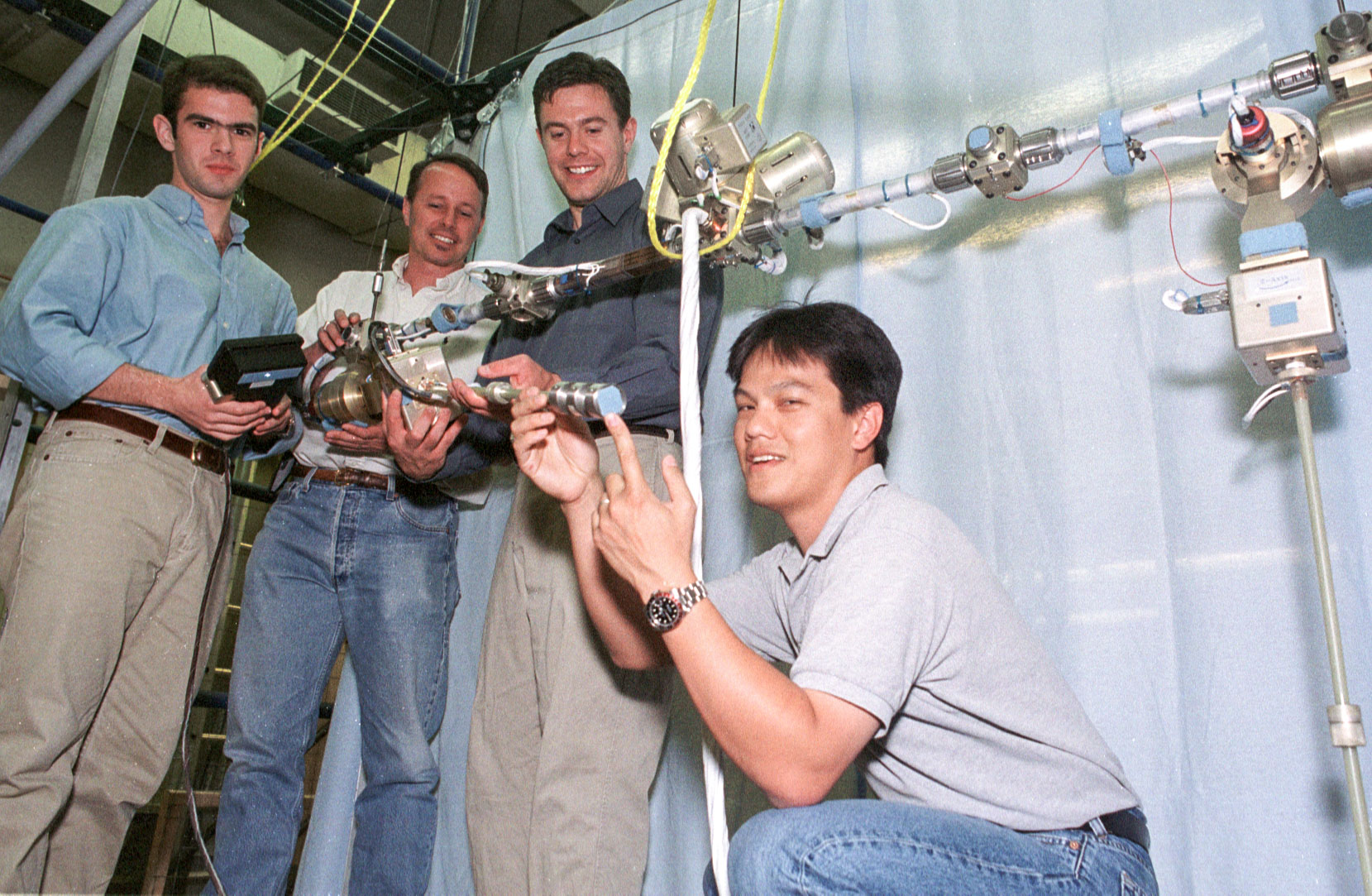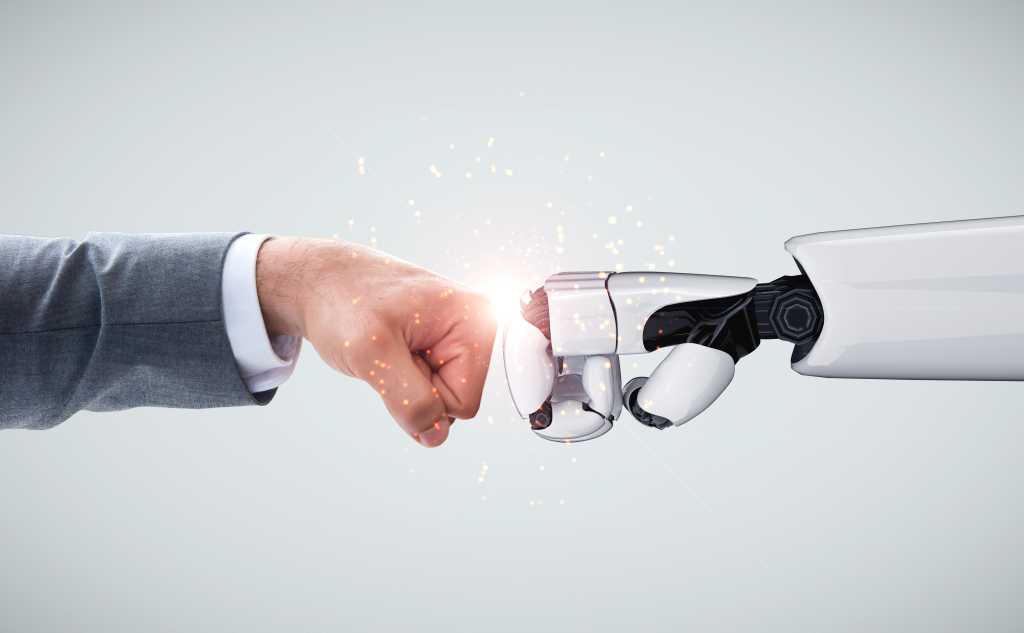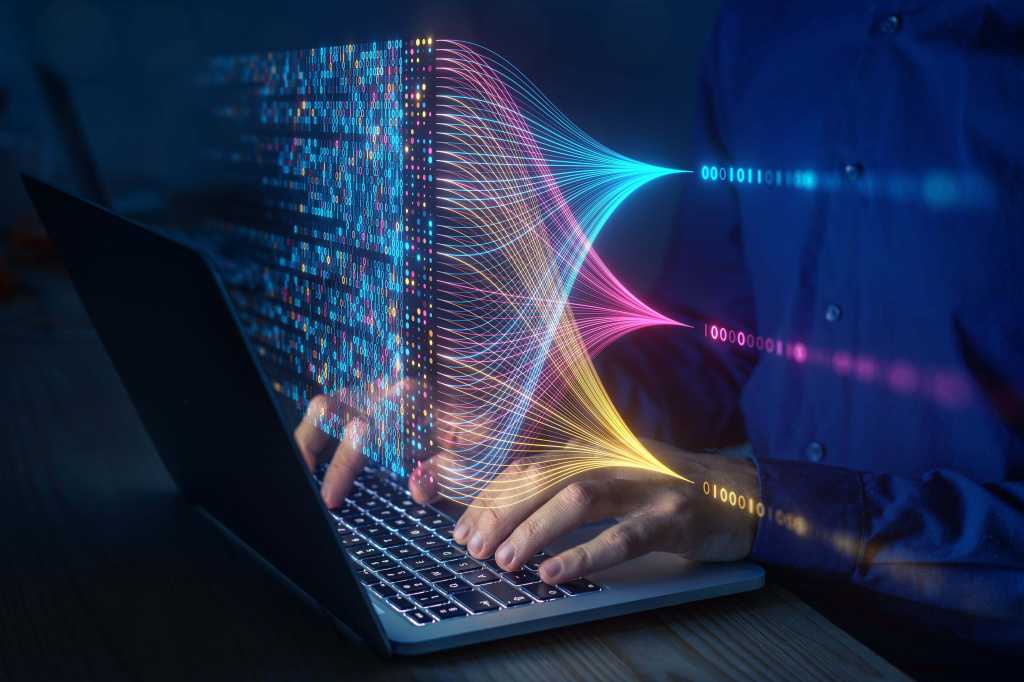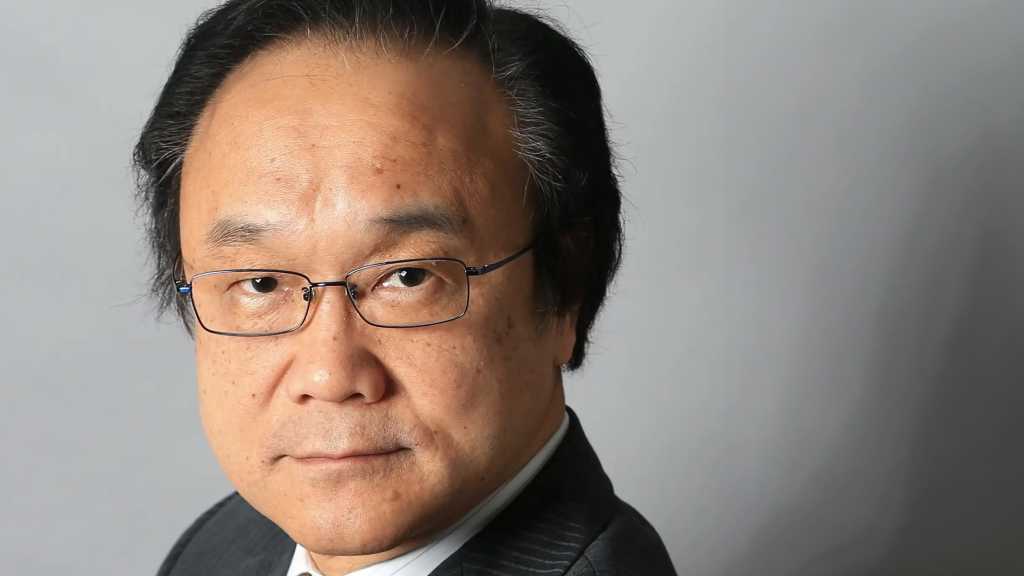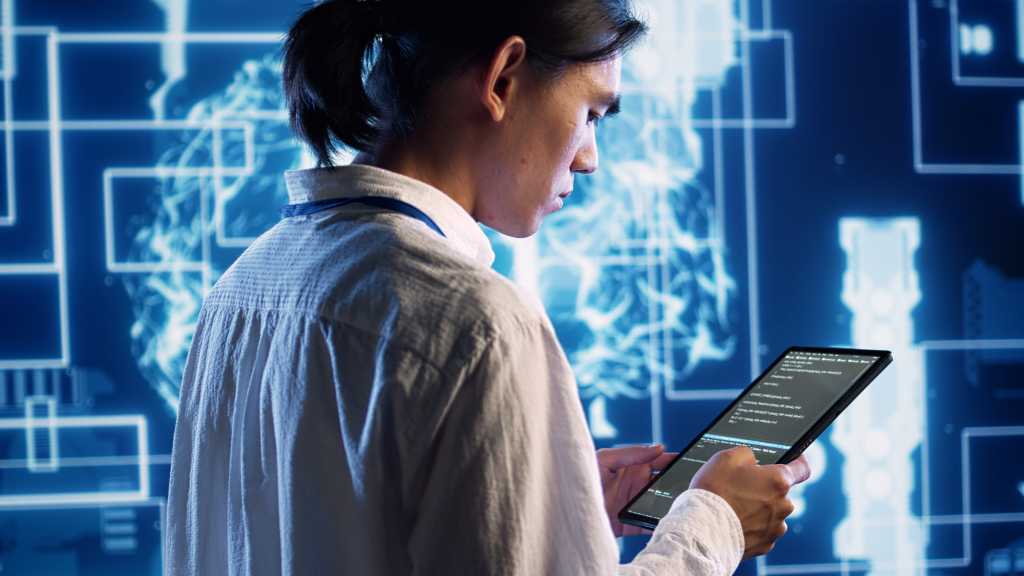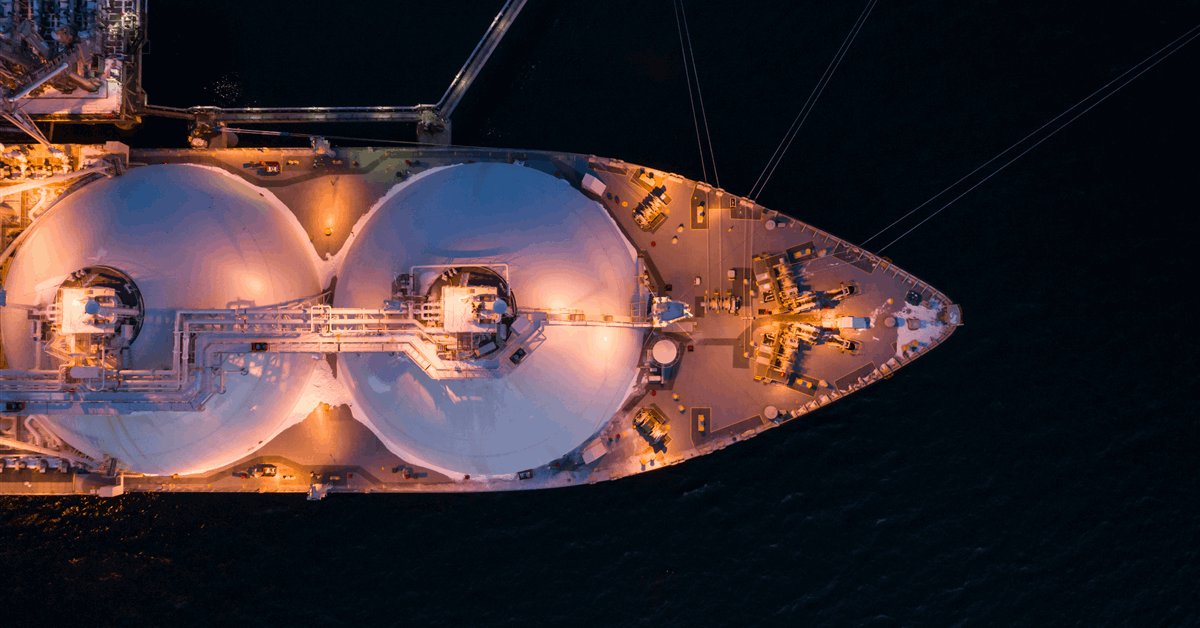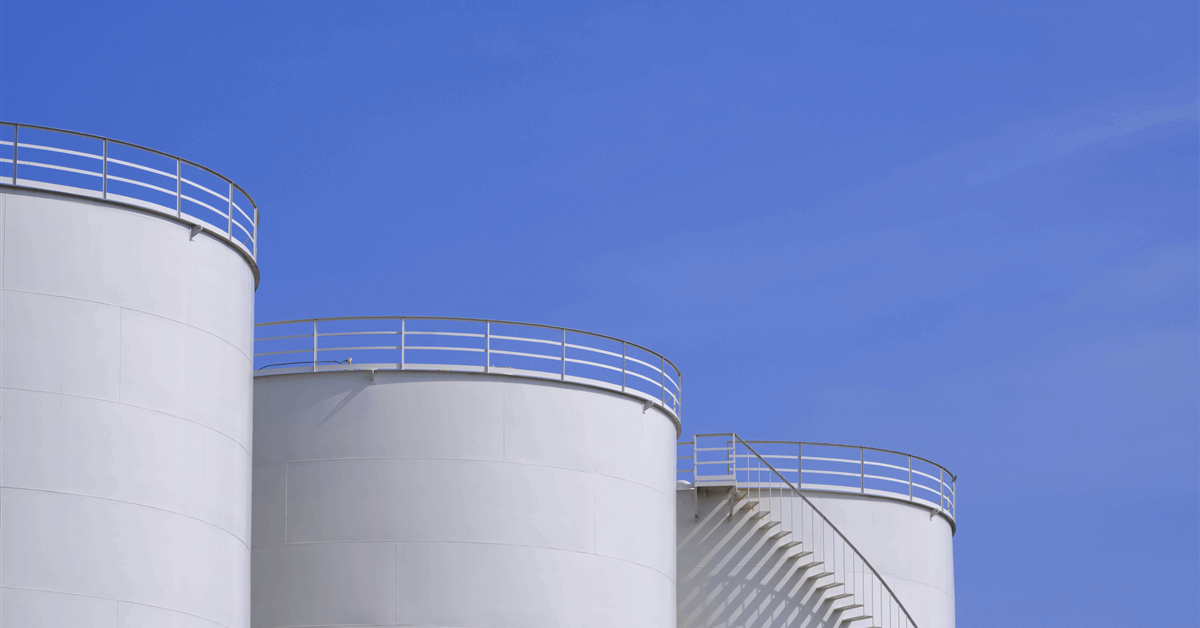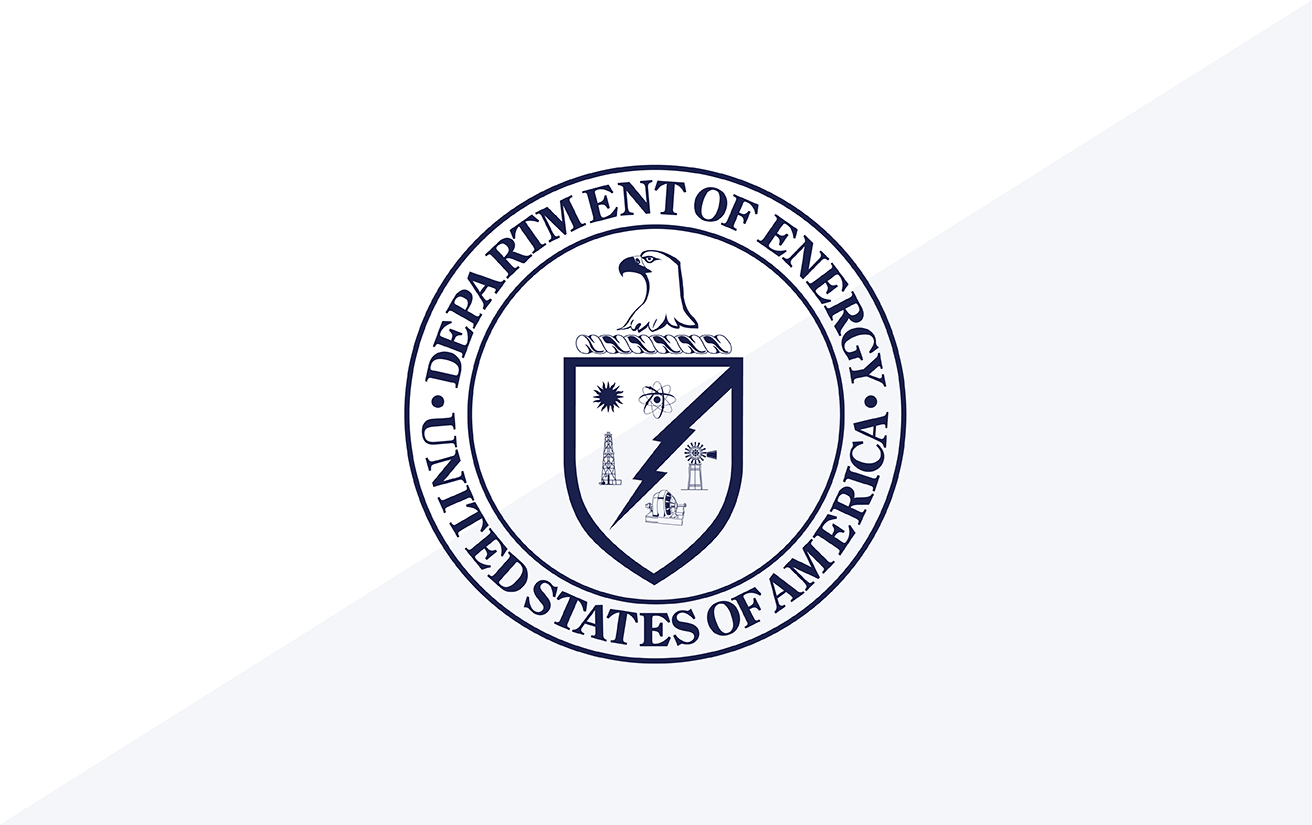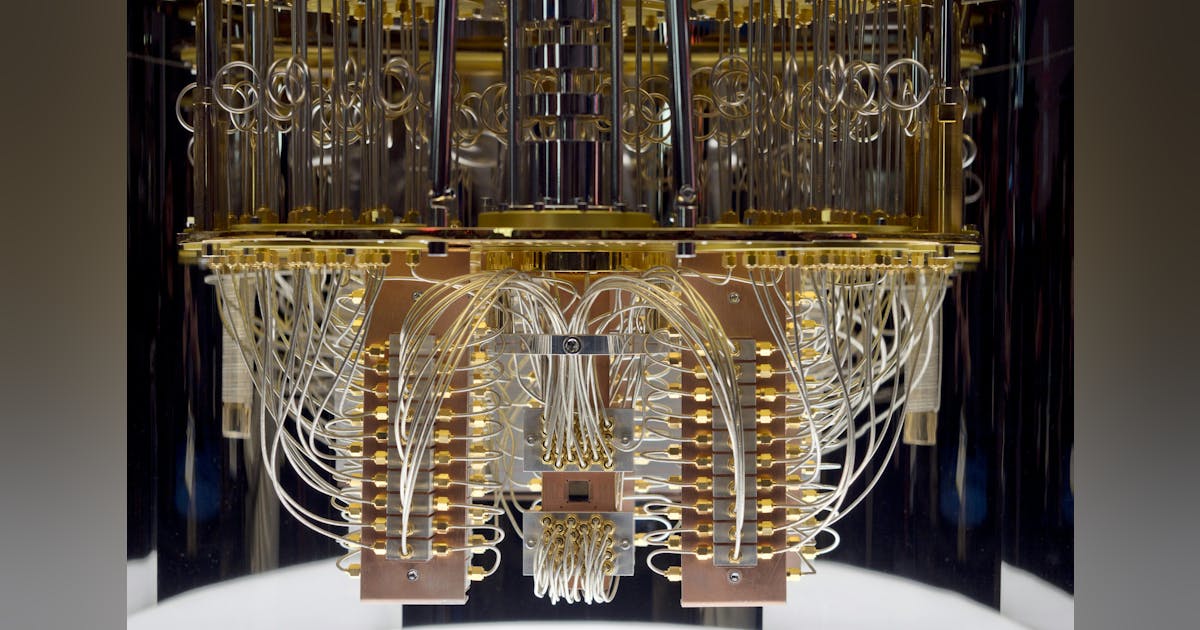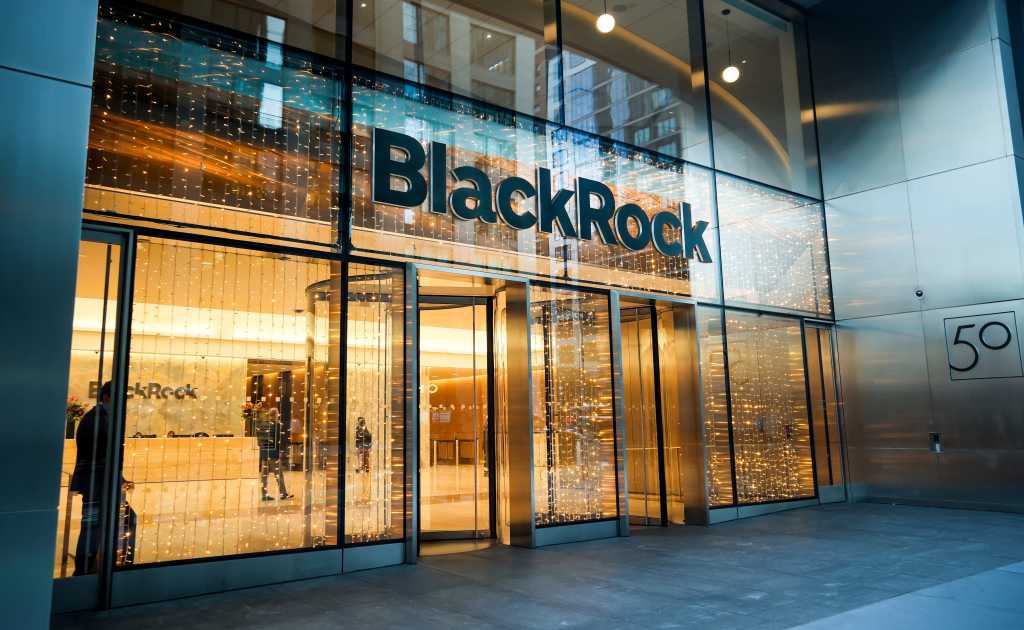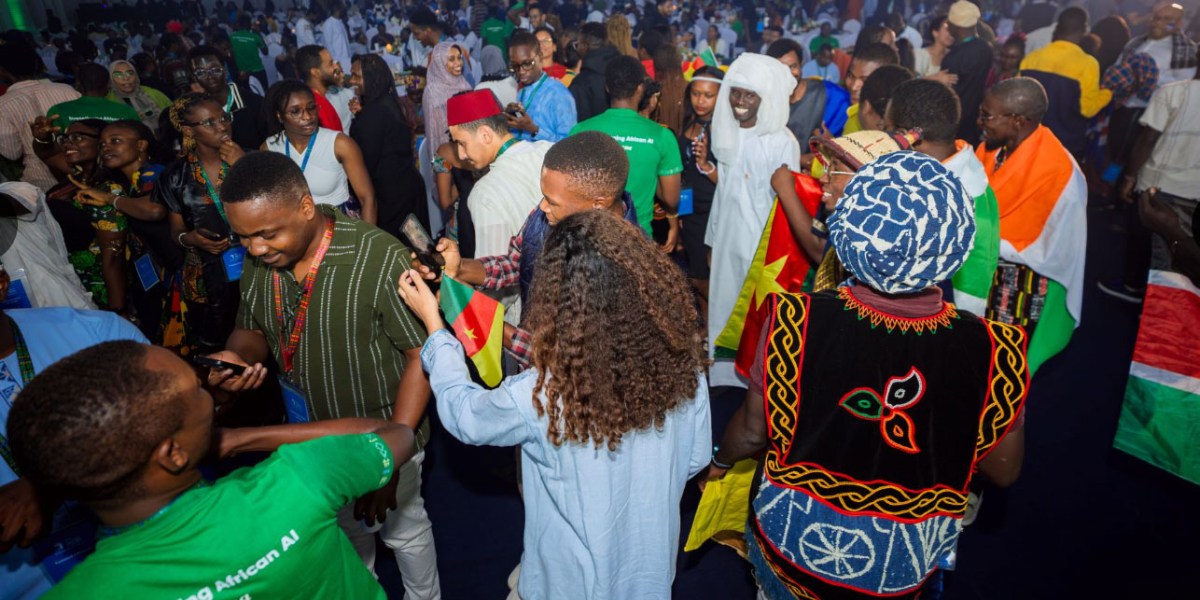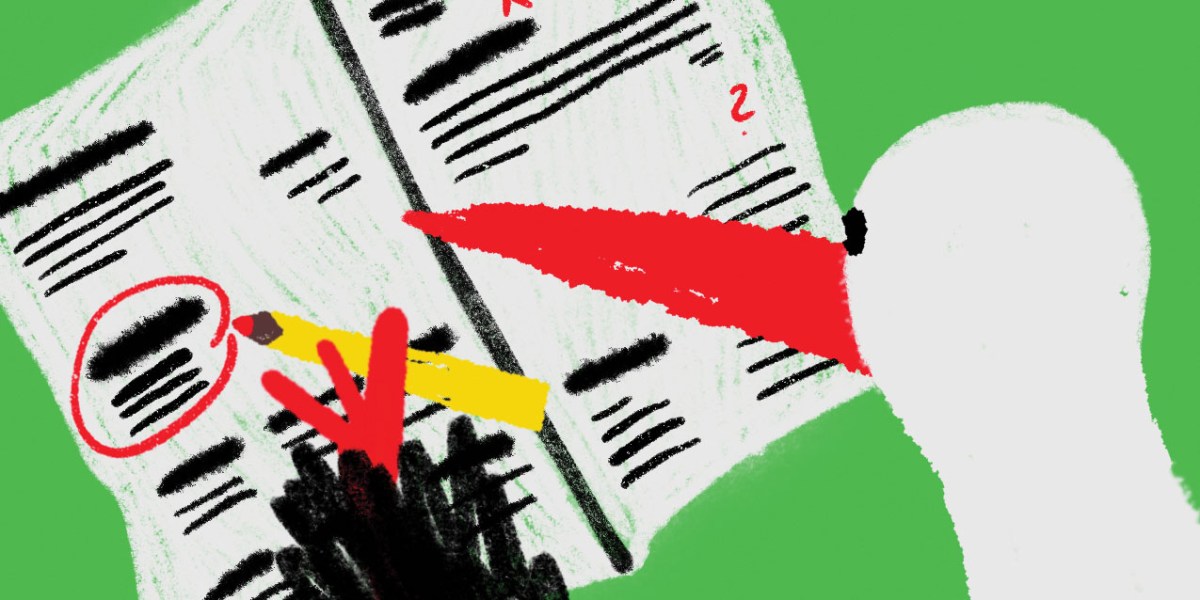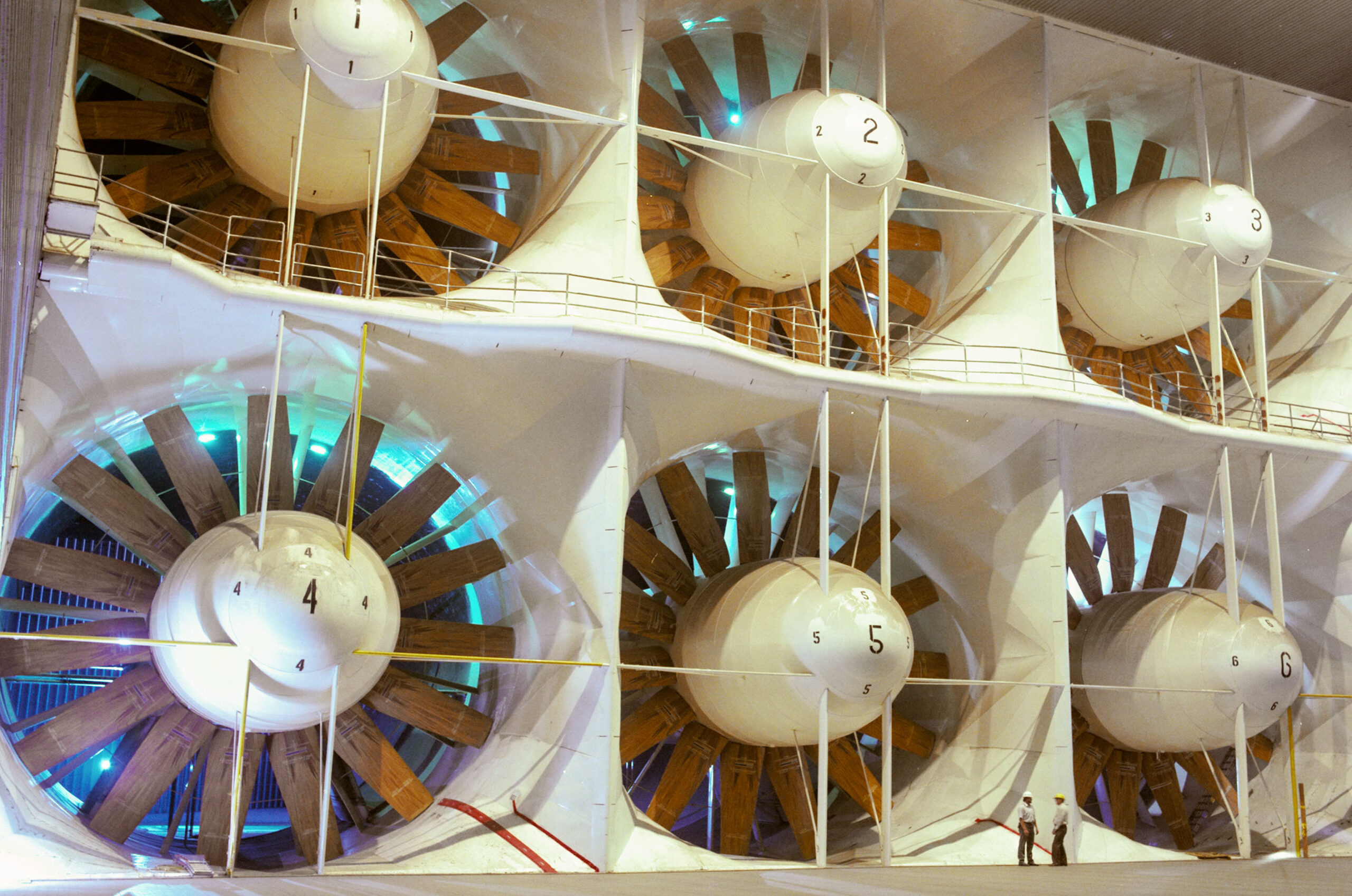On November 2, 2000, NASA astronaut Bill Shepherd, OCE ’78, SM ’78, and Russian cosmonauts Sergei Krikalev and Yuri Gidzenko made history as their Soyuz spacecraft docked with the International Space Station.
The event marked the start of 25 years of continuous human presence in space aboard the ISS—a prolific period for space research. MIT-trained astronauts, scientists, and engineers have played integral roles in all aspects of the station’s design, assembly, operations, and scientific research.
One of MIT’s most experienced NASA astronauts, Mike Fincke ’89, is celebrating that milestone from space. Having already logged 381 days in three previous missions to the ISS, he returned on August 1 as a member of the Expedition 73 crew. “Wow, 25 years of constant human habitation in space!” he said when he spoke with me from the station in September. “What an accomplishment and a testimony to the teams on the ground and in terms of engineering, science, and diplomacy.”
Building and operating the ISS
“We understood that building the ISS was significantly more difficult than anything we’d attempted before with the possible exception of Apollo,” says Pamela Melroy, SM ’84, who flew the space shuttle on three ISS assembly missions, including STS-92 in October 2000, which installed key modules and structures that prepared the station for the arrival of Shepherd and his crew less than two weeks later. “We learned a tremendous amount from the Shuttle-Mir program that I think gave us a lot more confidence going into ISS assembly,” she says.
Melroy was one of 10 MIT astronauts who participated in 13 space shuttle missions to assemble and resupply the ISS through 2011. “It’s pretty awe-inspiring to just go, ‘Wow, there is the visible evidence of what we just spent 10 to 14 days doing,’” she recalls. She also saw just how critical logistics are to resupply operations—especially since the retirement of the shuttle.
Shepherd, who served as Expedition One commander, and his crew overcame a variety of challenges as they adapted to living in space, continued the assembly of the ISS, and installed and activated its life support and communications systems. “We were blue-collar maintenance guys for most of our flight,” he says. “I really enjoyed that part of it.” After arriving on the ISS, he discovered that the Russian service module was missing a worktable that his crew had found to be very useful in training. He asked Moscow, “Where’s our table?” and was told, “It’s going to come up six months after you guys are gone.”
Cargo flights had delivered canisters of carbon dioxide absorbers packaged in sturdy aluminum frames. Upon inspecting the frames, they decided there was no reason to remain table-less. “We had some special tools that we had smuggled on board,” he recalls. “So we started to cut and drill and thread and fabricate a table out of scraps.” It turned out to be a pretty good table. “When Houston found out about it, they went nuts, because we were up there sawing, making chips and aluminum sawdust,” he says. “But we got through all that.” Now in the Smithsonian, it is “definitely an MIT-designed table,” Shepherd says.
Twelve MIT alums and one MIT affiliate from the Whitehead Institute have logged a total of 18 long-duration missions to the ISS. Cady Coleman ’83 served as lead robotics and science officer during a 159-day expedition in 2010 and 2011. She performed hundreds of experiments, ranging from basic science to technology development for future moon and Mars missions. “At MIT, we were always invited to be part of scientific discovery,” Coleman says. “We carried MIT’s standard of excellence into every field. Most importantly, our education taught us that we were part of a larger mission to make the world a better place.”
Citing the “mens et manus” motto on the Brass Rat he was wearing in space, Fincke observed that MIT prepared him well for his job. “When you have such a critical mass of really intelligent people and critical thinkers, it really makes a difference and brings out the best in all of us, including me,” he said. “So thank you, MIT.”
Woody Hoburg ’08, who was an assistant professor of aero-astro before piloting a 186-day mission to the ISS in 2023, concurs: “It’s no surprise that so many exceptional MIT thinkers and doers end up shaping our boldest achievements in space. The ISS is certainly one of those—it’s a beautiful machine, constructed while I was still in high school and later studying Course 16 at MIT, flying five miles per second over Earth that whole time.”
Science in space
A wide range of MIT faculty and students have taken advantage of the ISS’s unique access to space to conduct research.
“MIT’s MACE-II [Middeck Active Control Experiment] was the first active US scientific investigation performed on the International Space Station,” Shepherd said back in 2001. “Performing scientific investigations like MACE-II on board the station allows for successful interaction, almost in real time, between the astronauts in space and investigators on the ground.” Developed by aero-astro professor David Miller ’82, SM ’85, ScD ’88, and the Space Systems Laboratory (SSL) he then directed, MACE-II successfully tested techniques for predicting and controlling the dynamics of structures in microgravity. Miller says that the structural dynamics techniques developed through MACE were later used to test the James Webb Space Telescope.
Miller and the SSL also led the development of SPHERES (Synchronized Position Hold Engage and Reorient Experimental Satellites), a set of satellites used on board the ISS from 2006 through 2019. Inspired by the Jedi training ball from the original Star Wars, SPHERES evolved from an undergraduate aero-astro capstone project into an ISS facility for studying the dynamic control of satellites flying together in space. Three independent free-flying satellites operated inside the ISS within an infrared/ultrasonic measurement system that provided precise positioning and attitude information in three dimensions. SPHERES let researchers develop and test algorithms for precision control of multiple spacecraft during complex collaborative operations. Its modular design permitted the addition of electromagnets for precise tandem flight, vision systems for navigation, and hardware for investigating the sloshing of fluids in space.
Greg Chamitoff, PhD ’92, became the first principal investigator to directly perform his own scientific research on the ISS when he programmed SPHERES during Expedition 17 in 2008. Miller recalls that when Chamitoff later visited MIT, he asked, “Why don’t we create the first primary school robotics competition ever hosted off the planet?” During the next decade, nearly 20,000 high school and middle school students from around the world participated in Zero Robotics, writing algorithms to control the SPHERES satellites in STEM competitions conducted onboard the ISS. Both MACE-II and SPHERES were returned to Earth and will be on display at the National Air and Space Museum in the “At Home in Space” gallery slated to open in 2026.
Samuel C.C. Ting, the Thomas Dudley Cabot Professor of Physics at MIT, led a $2 billion international effort to develop the Alpha Magnetic Spectrometer (AMS) with the ambitious goal of searching for antimatter, determining the origin of dark matter, and understanding the properties of cosmic rays. Delivered to the ISS in 2011 by one of the final space shuttle missions, the AMS has precisely measured over 253 billion cosmic ray events with energies up to multiple tera-electron-volts. Fully interpreting the comprehensive experimental data still being generated by the AMS will require new physics models. “I would imagine 100 years from now most of my work will be forgotten,” Ting says. “But if people remember anything, it probably will be AMS.”
Kate Rubins, a microbiologist, was a fellow at the Whitehead Institute when she was selected as a NASA astronaut in 2009—and became the first person to sequence DNA in space during her long-
duration ISS mission in 2016. She did so using a commercially available metagenomics sequencer, despite the risk that it might not function in orbit. “To everybody’s surprise, it worked, and it worked the first time,” she recalls. “I don’t know if I’ve ever had a lab experiment in my life that has worked the first time, but genomic sequencing in space was a big one to have that happen.”
Rubins wanted to conduct her own scientific research during her spare time in orbit, so she got permission from NASA to substitute her own lab bench equipment—including pipettes, tubes, and scientific plasticware—for the small kit of personal items that astronauts are allowed to bring to space. She got a NASA psychologist to help make the case. “He said, ‘You know, Kate’s a nerd—she loves doing this stuff … we have to fly this on board for her,’” she says. Rubins successfully demonstrated that regular biology lab equipment could be used to conduct science in space—and donated that equipment for use by future ISS crews. (“Every astronaut turns into a scientist when they get on board the space station,” she says.) She recently coauthored a paper describing the creation of a microbiome map of the ISS—a 3D map showing where astronauts found various microbes and metabolites when they collected samples in space. She calls the work “super exciting.”
The ISS also serves as a test bed for new technologies that will support NASA’s ambitious programs to explore the moon and Mars. In 2023, MIT Lincoln Laboratory successfully demonstrated high-bandwidth laser communications in space between its ILLUMA-T laser communications terminal onboard the ISS and a NASA Laser Communications Relay Demonstration satellite. When the Artemis II astronauts launch to the moon in early 2026, their Orion spacecraft will use the optical communications system developed by Lincoln Laboratory’s Optical and Quantum Communications Group and the Goddard Space Flight Center to transmit high-resolution imagery of the lunar surface back to Earth via lasers capable of data rates up to 260 megabits per second.
International cooperation
One of the most enduring legacies of the International Space Station, which is slated to continue operations through 2030, is the vast scale of international cooperation that made it possible.
The roots of the project trace back to 1984, when President Ronald Reagan challenged NASA to lead an effort to build an Earth-orbiting space station within a decade. But by the early 1990s, the Space Station Freedom was significantly over budget and behind schedule. Shortly after taking office in 1993, President Bill Clinton asked MIT President Charles Vest to lead the Advisory Committee on the Redesign of the Space Station. In the wake of the Soviet Union’s collapse, the Vest committee recommended that “NASA and the Administration further pursue opportunities for cooperation with the Russians as a means to enhance the capability of the station, reduce cost, provide alternative access to the station, and increase research opportunities.” That led NASA to invite the Russian space agency Roscosmos to join an international ISS coalition. And today, the ISS is operated cooperatively by the space agencies of the United States (NASA), Russia (Roscosmos), Japan (JAXA), Canada (CSA), and Europe (ESA).
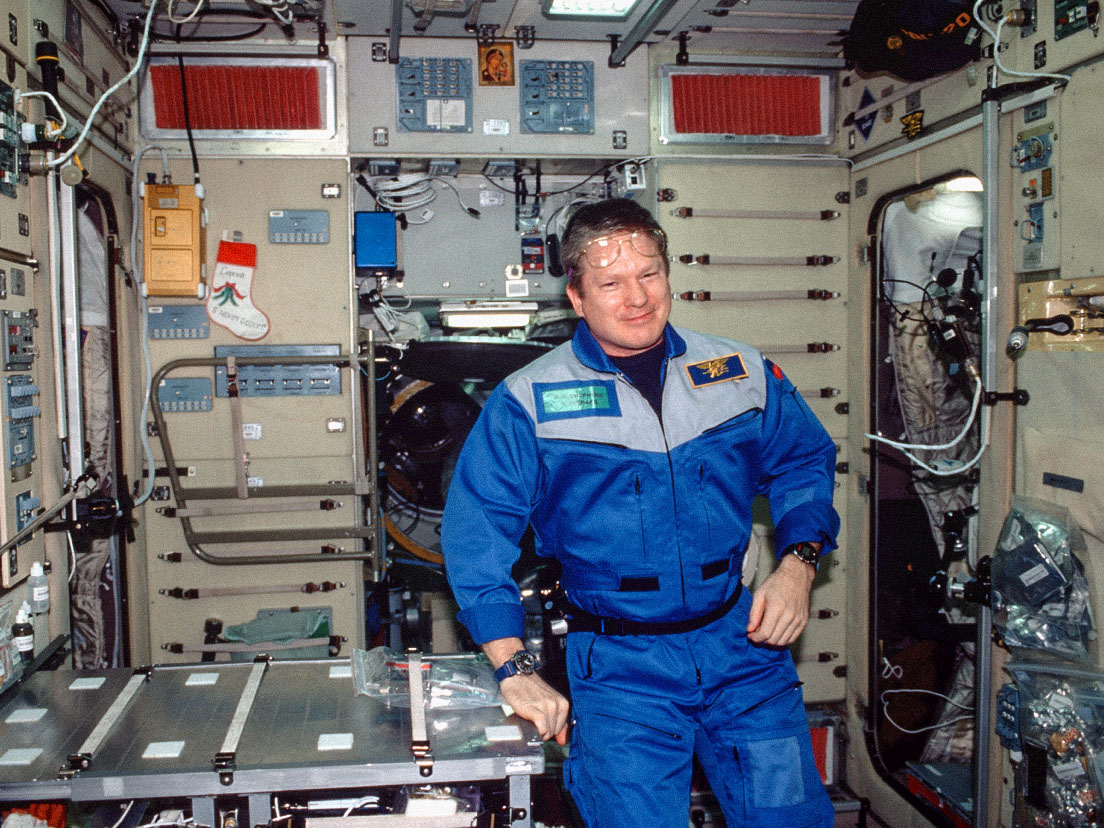
“We went from a space race during the Apollo time frame to—actually now we work together, humans across planet Earth, making something pretty incredible,” Fincke says. “Hats off to all of my crewmates and to all of the teams across planet Earth that put this beautiful space station together.”
As deputy administrator of NASA from 2021 to 2025, Melroy helped lead NASA during a challenging period following the Russian invasion of Ukraine. “When people are united by something that they’re equally passionate about,” she says, “you overcome the barriers of cultural, language, political differences.” NASA and Roscosmos had established a “level of trust,” she says, “and there are relationships at every single level.” Keeping relationships nonpolitical was a guiding principle, Melroy says, “and our Russian partners respected that and agreed.”
“We still have our partnership in space even though on the ground we’re not quite getting along,” Fincke says. “We have a beautiful solar system to go explore, and someday we’re gonna have the stars.” And that, he says, will be possible “if we stop fighting and put our efforts toward exploration.”
In 2001 Shepherd predicted, “It’s very likely that the day of our launch … will be the last day that humans will live only on planet Earth.” And after 25 years of living and working on the International Space Station, humans appear to be up to the challenge of proving him right.
John Tylko ’79, PhD ’23, an aerospace engineer and technology historian, witnessed the 2000 launch of the first ISS crew at the Baikonur Cosmodrome and the docking of their spacecraft with the ISS from the Russian Mission Control Center near Moscow.
